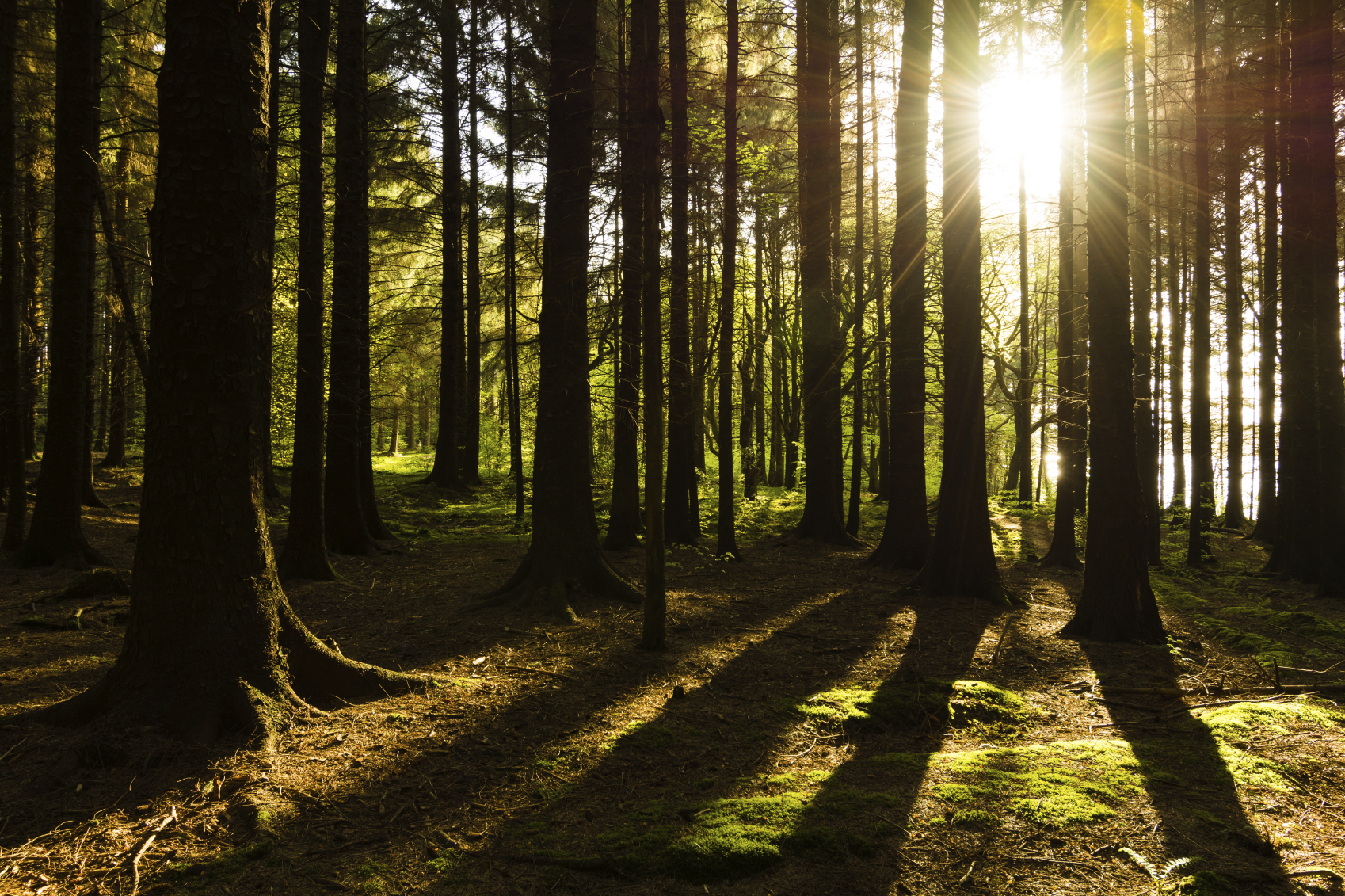
BRITAIN is to bloom again by planting a tree for every one of its 64 million inhabitants.
The country’s landscape has been stripped by the demands of intensive agriculture but the Woodland Trust is to reintroduce hedges and copses onto farmland over the next decade, starting with the areas of Suffolk and Essex that have been most affected by ash dieback.
Austin Brady, director of conservations, says large expanses of the countryside have become no man’s land for wildlife because of a lack of tree cover.
He explains: “We are not trying to turn the clock back, but if we lose more trees, it ceases to be a natural landscape.
“In parts of the country, the ecosystem is on the brink of total collapse.”
No fewer than 20 million trees will soften the appearance of bare fields and provide pathways for wildlife such as bats, butterflies and pine martens.
Breaking up huge “prairies” with hedges and trees will also reduce crop damage and soil run-off.
Another programme will see 15 million trees planted in and around towns and cities, starting with Durham, while the rest will create forests and woodland.
The problem has become acute because last year, the planting of new woodland was less than half of the Government’s 12,000-acre target, while we’re losing some of the most popular species to pets and diseases.
Ash is just the latest species to be hit after elms, sweet chestnuts, junipers and oaks and replanting is a chance to reduce our dependence on a narrow group of species with the Trust using 17th-century records to ensure the new landscapes don’t look too similar.
Research has revealed that the long dominance of oak, elm and ash was down to economic pressure rather than natural selection.
Ash was prized for fencing and firewood, elm was good for planks and water pipes and oak was excellent for building.
Now, it’s been suggested various combinations of trees should be planted to suit each county.
For example, you could have sycamore, maple, alder and beech planted in Yorkshire, aspen, cherry, beech and apple in West Hertfordshire, and black poplar, hornbeam and maple in the east of the county.
Low-lying areas of Northamptonshire could be ideal for large tracts of willow.
READ MORE

Enjoy the convenience of having The Sunday Post delivered as a digital ePaper straight to your smartphone, tablet or computer.
Subscribe for only £5.49 a month and enjoy all the benefits of the printed paper as a digital replica.
Subscribe